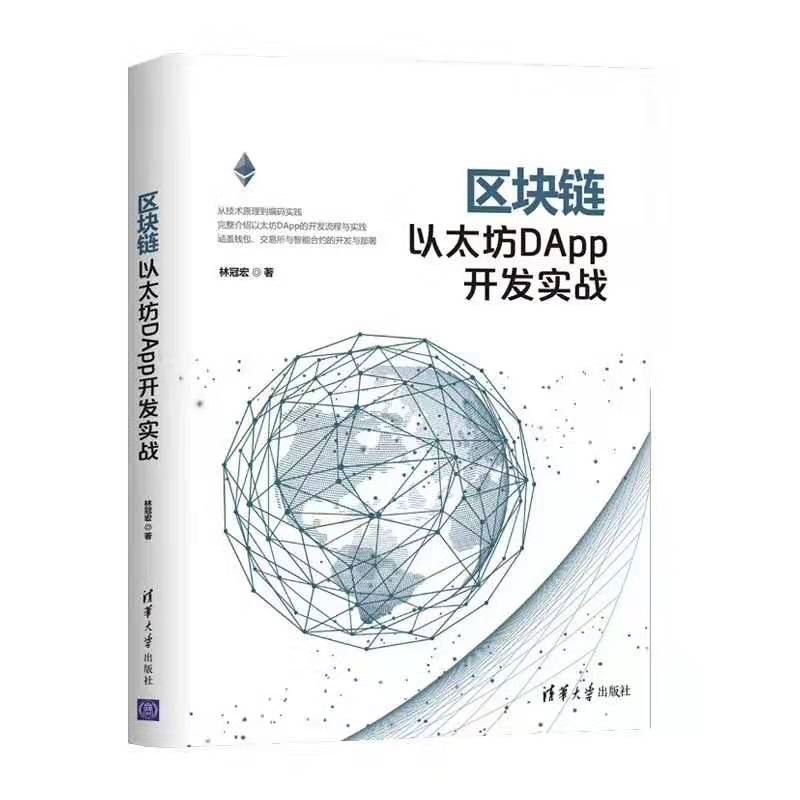基于 xorm 的服务端框架 XGoServer
作者:林冠宏 / 指尖下的幽灵
GitHub : https://github.com/af913337456/
腾讯云专栏: https://cloud.tencent.com/developer/user/1148436/activities
开源地址:https://github.com/af913337456/XGoServer
你可以使用它
- 简单快速搭建自己的服务端
- 高级模块拓展,例如 jwt,token模块。数据加密传输等
具备的
- 日志模块,
alecthomas/log4go - 路由模块,
gorilla/mux - 硬存储 / 软存储 采用
xorm框架 - 多路 gorutine 设计,增加并发性能
- 服务端通用的输出数据结构的整合,例如 json
如果你想直接输出一条 json 给客户端,这样子
func main() {
router := new (mux.Router)
router.HandleFunc("/",test2).Methods("GET")
core.HttpListen(router)
}
func test2(w http.ResponseWriter,r *http.Request) {
// 非常简单的例子, 操作放在内部 , 可以使用 request 来获取自己的参数,再直接组织输出
core.HandlerMapWithOutputJson(w, func() map[string]interface{} {
m := map[string]interface{}{}
m["msg"] = "blow me a kiss"
return m
})
}
// 结果 : {"msg":"blow me a kiss"}
与数据库交互
func test3(w http.ResponseWriter,r *http.Request) {
core.HandlerMapWithOutputJson(w, func() map[string]interface{} {
// 插入一条评论
item := &model.Comment{
Id :util.NewId(), // 评论 id
UserId :"123456", // 评论人 id
Name :"LinGuanHong", // 评论人名称
Content :"hello word", // 评论内容
}
affect,_ := core.Engine.Insert(item) // 执行插入,传入 struct 引用
m := map[string]interface{}{}
if affect > 0 {
m["ret"] = "insert success"
comments := make([]model.Comment, 0)
core.Engine.Find(&comments) // select 出来,获取所有评论输出
m["msg"] = comments
}else{
m["ret"] = "insert failed"
}
return m
})
}
输出的结果是:
{
"msg": [
{
"id": "1kubpgh9pprrucy11e456fyytw",
"UserId": "123456",
"name": "LinGuanHong",
"content": "hello word"
}
],
"ret": "insert success"
}
使用流程
目录如下
---- config
---- core
---- model
---- threeLibs
---- util
---- server.go
1 在 config 放置配置文件
服务端配置 json 文件-- server.json,日志配置文件-- log.json 例如下面的,他们都会在运行程序后会自动解析和读取
2 threeLibs 目录放置了依赖的第三方库,例如 xorm,不需要你再去 go get
3 model 放置数据实体 struct
{
"Host": "127.0.0.1",
"Port": ":8884",
"FilePort":":8885",
"DbName":"lgh",
"DbUser":"root",
"DbPw":"123456",
"DbPort":"3306"
}
{
"EnableConsole": true,
"ConsoleLevel": "DEBUG",
"EnableFile": true,
"FileLevel": "INFO",
"FileFormat": "",
"FileLocation": ""
}
从一个最基础的例子开始:
func main() {
router := new (mux.Router)
router.HandleFunc("/",test).Methods("GET")
/** 在下面添加你的路由 */
/** add your routine func below */
core.HttpListen(router) // 简单的 http 监听,当然也提供了 https
}
func test(w http.ResponseWriter,r *http.Request) {
fmt.Fprintf(w,"======= hello world! =======")
}
// http 监听
func HttpListen(router *mux.Router) {
SimpleInit() // 此处自动初始化 ---------- ①
url := config.ServerConfig.Host+config.ServerConfig.Port
util.LogInfo("服务启动于 : "+url)
err := http.ListenAndServe(url,router)
if err !=nil {
util.LogInfo("http error ===> : "+err.Error())
return
}
}
// 绑定配置 json 的信息 以及 初始化 xorm mysql数据库引擎
func SimpleInit() bool {
if config.BindServerConfig() {
fmt.Println("BindServerConfig ==================> success")
config.ConfigureLog(&config.LogConfig)
CreateDefaultMysqlEngine(
"mysql",
config.ServerConfig.DbUser,
config.ServerConfig.DbPw,
config.ServerConfig.DbName)
return true
}else{
fmt.Println("BindServerConfig ===> failed")
return false
}
}
多路 gorutine 设计,增加并发性能
type FinalResult struct {
Data interface{}
}
type RetChannel chan FinalResult
func HandlerStruct(handle func() interface{}) *interface{} {
RetChannel := make(RetChannel, 1)
go func() {
result := FinalResult{}
data := handle()
result.Data = &data
RetChannel <- result
close(RetChannel)
}()
ret := <-RetChannel
return ret.Data.(*interface{})
}
func HandlerMap(handle func() map[string]interface{}) *map[string]interface{} {
RetChannel := make(RetChannel, 1)
go func() {
result := FinalResult{}
data := handle()
result.Data = &data
RetChannel <- result
close(RetChannel)
}()
ret := <-RetChannel
return ret.Data.(*map[string]interface{})
}
func HandlerStructWithOutputJson(w http.ResponseWriter,handle func() interface{}) {
RetChannel := make(RetChannel, 1)
go func() {
result := FinalResult{}
data := handle()
result.Data = &data
RetChannel <- result
close(RetChannel)
}()
ret := <-RetChannel
mapRet := ret.Data.(*interface{})
util.RenderJson(w,mapRet)
}
func HandlerMapWithOutputJson(w http.ResponseWriter,handle func() map[string]interface{}){
RetChannel := make(RetChannel, 1)
go func() {
result := FinalResult{}
data := handle()
result.Data = &data
RetChannel <- result
close(RetChannel)
}()
ret := <-RetChannel
mapRet := ret.Data.(*map[string]interface{})
util.RenderJson(w,mapRet)
}
就介绍这么多了
我的“区块链”技术书籍:《区块链以太坊DApp开发实战》
、
支付宝收款码 https://www.cnblogs.com/linguanh/gallery/825997.html
微信:https://www.cnblogs.com/linguanh/gallery/image/321906.html
银行卡:6217007200076746554 , 林冠宏
分类:
Golang




【推荐】国内首个AI IDE,深度理解中文开发场景,立即下载体验Trae
【推荐】编程新体验,更懂你的AI,立即体验豆包MarsCode编程助手
【推荐】抖音旗下AI助手豆包,你的智能百科全书,全免费不限次数
【推荐】轻量又高性能的 SSH 工具 IShell:AI 加持,快人一步
· go语言实现终端里的倒计时
· 如何编写易于单元测试的代码
· 10年+ .NET Coder 心语,封装的思维:从隐藏、稳定开始理解其本质意义
· .NET Core 中如何实现缓存的预热?
· 从 HTTP 原因短语缺失研究 HTTP/2 和 HTTP/3 的设计差异
· 周边上新:园子的第一款马克杯温暖上架
· Open-Sora 2.0 重磅开源!
· 分享 3 个 .NET 开源的文件压缩处理库,助力快速实现文件压缩解压功能!
· Ollama——大语言模型本地部署的极速利器
· DeepSeek如何颠覆传统软件测试?测试工程师会被淘汰吗?